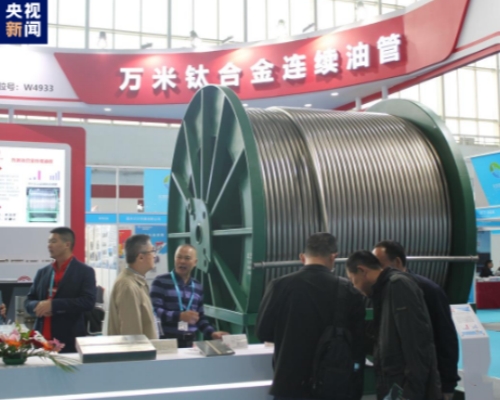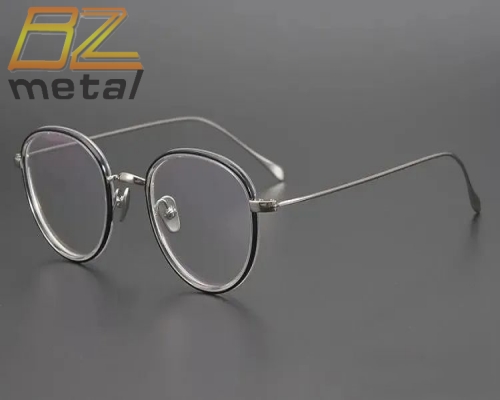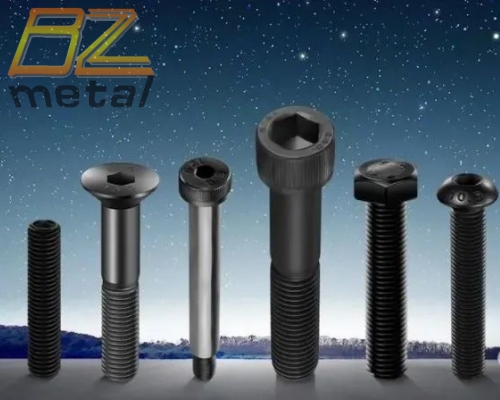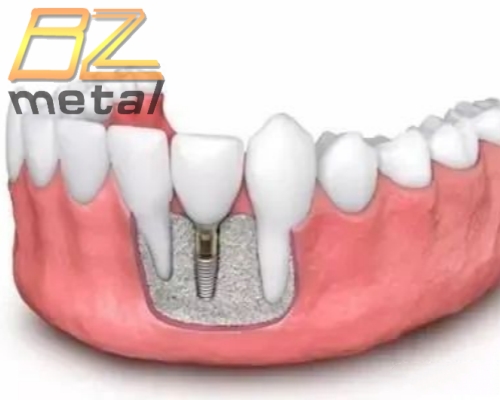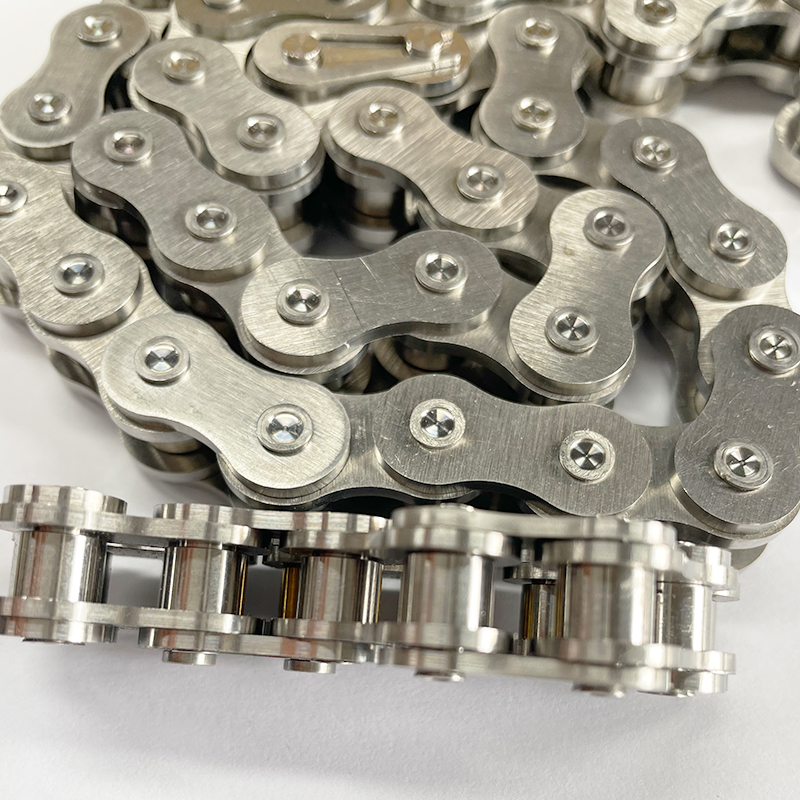Application of Titanium and Titanium Alloys in New Buildings
Application of Titanium And Titanium Alloys in New Buildings
The development of traditional metal building materials, especially roofing materials, is based on the order of copper, surface-treated steel plates, aluminum, stainless steel and titanium. With the advancement of the times, people's requirements for urban buildings, especially for the aesthetics of buildings, are getting higher and higher; with the development of the construction industry, architects have pursued the use of more advanced building materials than traditional materials in recent years. A series of excellent properties of titanium enable it to fully meet many performance requirements of building materials, so it is highly favored by architects and the construction industry.
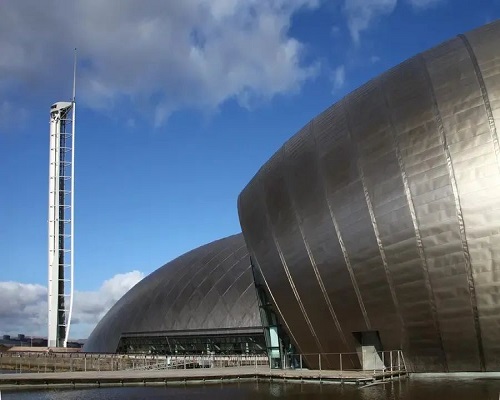
Characteristics of titanium suitable for construction
1. Which can meet the requirements of light-weight building materials
Titanium has a small density, about 60% that of steel, 50% that of copper, and 1.7 times that of aluminum, but it has almost the same strength as ordinary steel. As a building, it can reduce weight by 70% to 75%, is easy to lift, and can move the center of gravity of the building down and improve the overall seismic resistance of the building.
2. Good corrosion resistance
Titanium has good corrosion resistance: it can resist urban pollution, industrial radiation and extreme erosion. Therefore, it is suitable for use in marine climates.
3. Low coefficient of thermal expansion
Compared with other metal building materials, titanium has a small coefficient of thermal expansion, which is about 50% of stainless steel and 30% of aluminum. It is close to glass, brick, cement and stone, which is suitable for sharing, and can highlight the characteristics of titanium and glass in the design. The thermal stress of titanium is very low, which is 1/2 that of stainless steel. The titanium of aluminum can be used as a whole material, and there is no need for joints to compensate for thermal expansion and cold shrinkage.

4. Good processability and welding performance
Titanium is easy to process into thin sheets and has good welding performance. Titanium itself has a shiny silver-white gloss, and a brighter surface can be obtained by treatment. In order to achieve a more beautiful decorative effect, different patterns and colors can be obtained by etching and anodizing, and the roof can be made into various shapes as needed. The colorful colors will make the entire building a perfect work of art.
5. No environmental pollution
With the development of society, people's requirements for environmental protection are getting higher and higher, and their desire to return to nature is getting stronger and stronger. Due to its good corrosion resistance, titanium can be 100% recycled, will not pollute the environment, and meets environmental protection requirements. It can be called a green and environmentally friendly material.
6. Long Service Life
Titanium is used as a building material and decorative material, and can resist corrosion for a hundred years without maintenance and repair. From this point of view, it is obviously superior to other metals. This advantage is particularly prominent in highly corrosive environments (such as coastal cities and industrial areas). Considering that titanium has a long life cycle and its long-term cost performance exceeds that of all stainless steels, titanium building materials do not require maintenance materials, and titanium equipment and buildings do not require maintenance measures.

